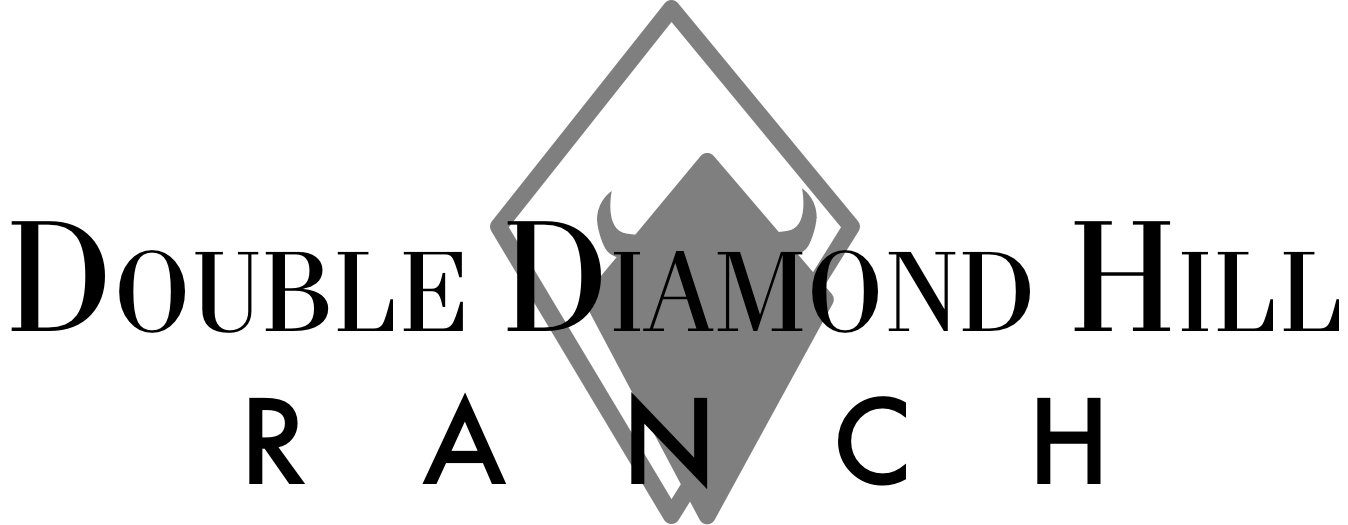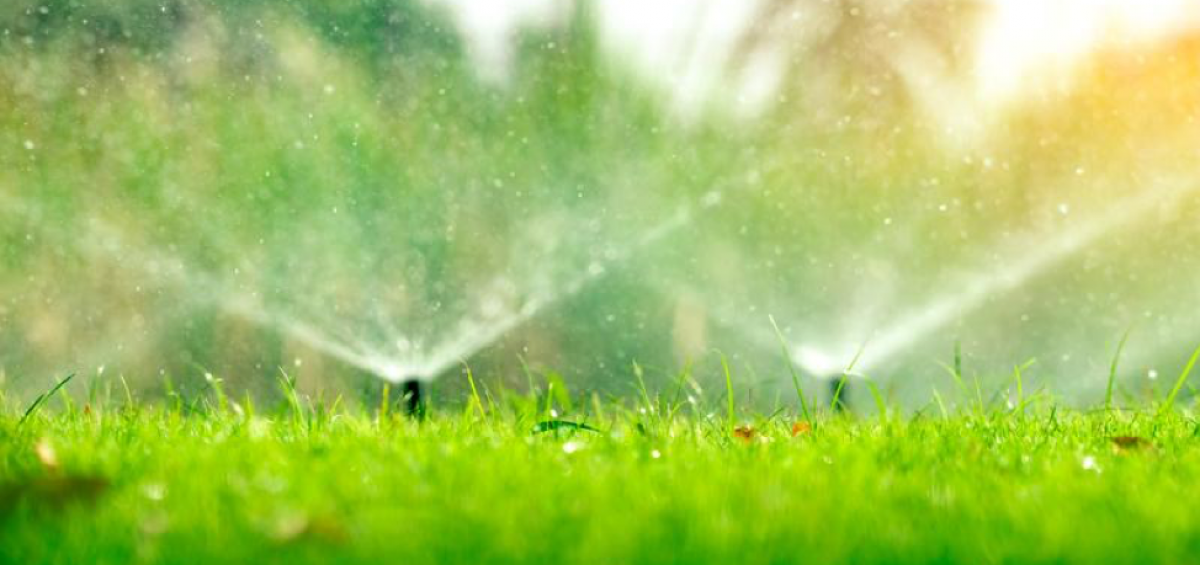As a homeowner, it’s crucial to maintain your irrigation system to ensure that your lawn can thrive and remain healthy each season. Keeping on top of sprinklers and other materials can prevent problems from happening in the future. The irrigation system can often be challenging to learn, and many residents often make mistakes with the care that they provide, which can affect the quality of their grass. If you want to feel proud to show off your lawn, there are a few important facts to understand about maintaining your irrigation system.
Preventative Maintenance Saves Money
Although preventative maintenance comes with a cost and requires your time, it can end up saving you money in the long run. Foxworth Galbraith Lumber Company explains that during the winter season, you’ll need to drain all of the water from the pipes to prevent it from freezing when the temperatures drop. If water freezes, it can cause significant damage by causing the pipes to break. Blowing out the system is a regular part of maintenance to keep it in excellent condition by cleaning it out properly.
Regular Inspections Matter
Similar to other features on the residential property, the irrigation system needs to be inspected to ensure that potential issues are detected. Action Plumbing explains that components such as backflow assemblies should be certified and tested on assembly and on a yearly basis after that. Backflow assembly tests can be performed to ensure water doesn’t flow back into the drinking water. The inspection should also include checking the leak indicator to determine if it’s spinning as the water is turned on, which means there may be a problem downstream. Check the valves to ensure waterproof splicers have been used and check for any standing water that may have accumulated in the valve box.
Check Your Automatic Watering Equipment
RainBird recommends that setting a watering schedule each season is necessary to ensure your lawn gets enough water. A part of regular maintenance checkups should be to verify that your scheduling equipment is working as it is designed to. Set the correct length of time for each zone while performing a system check where each zone is turned on for a few minutes while performing a walkthrough. Check for any water that is being wasted or anything that may affect the uniformity of the pattern. Check for damaged heads or heads that are spraying onto the sidewalk or driveway. None of the heads should be tilted, which can cause them to spray in the wrong direction and wastewater.
Performing inspections and providing the right maintenance to your irrigation system allows water to be used as efficiently as possible while maintaining a healthy landscape. You can have peace of mind knowing that the parts are working well and also save more money over the years.





Leave a Comment